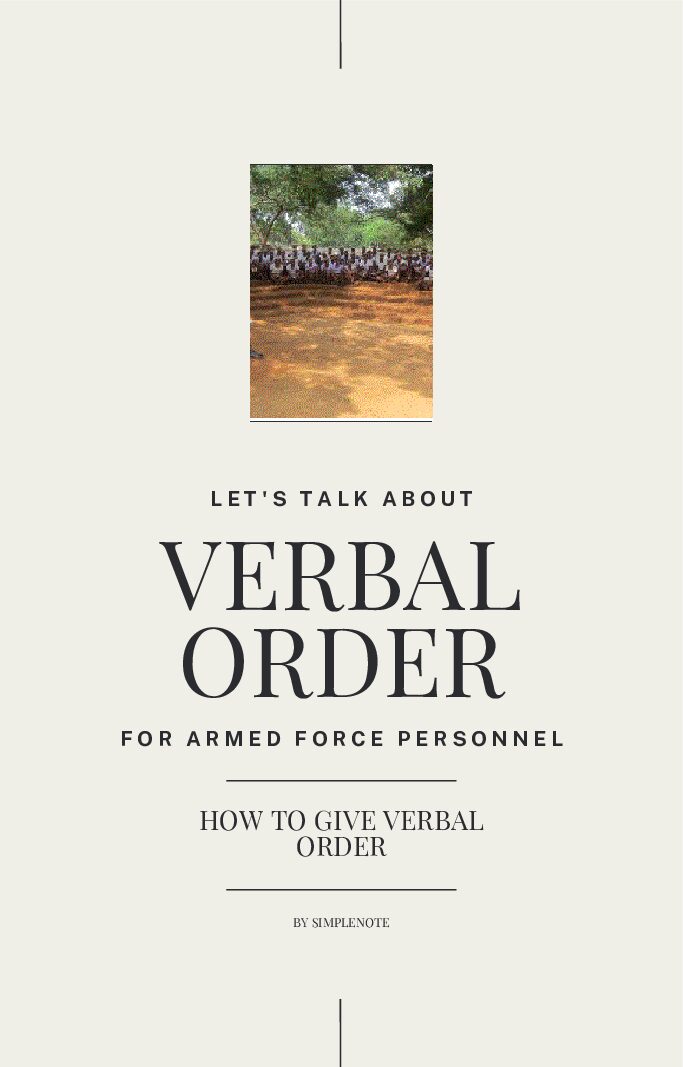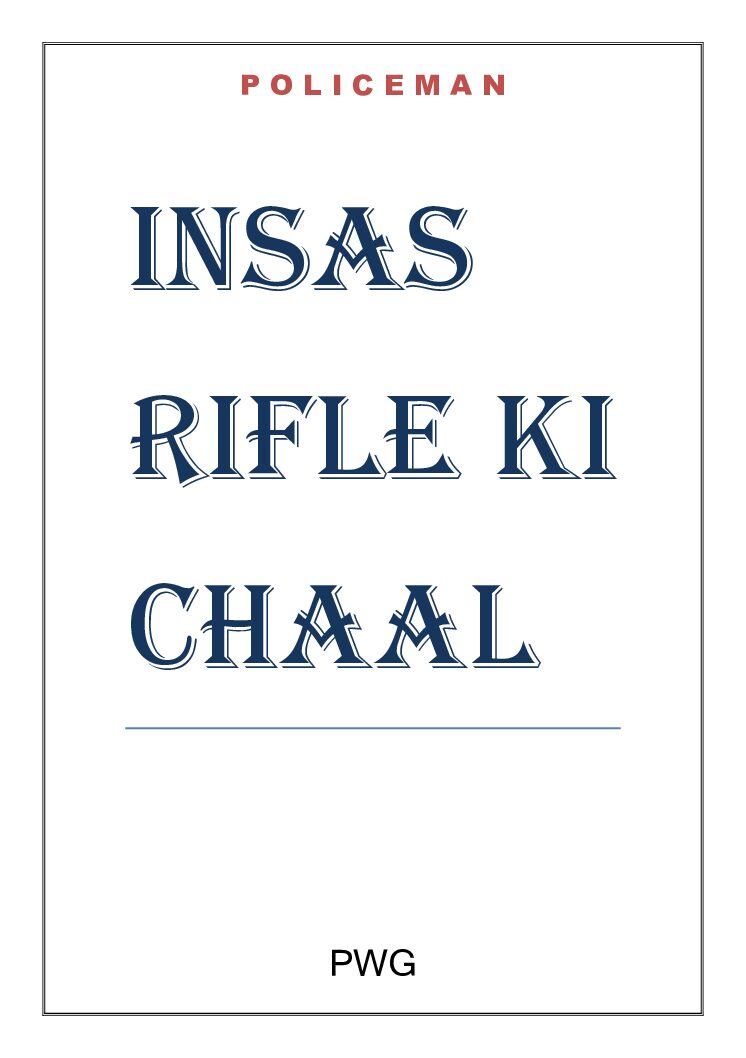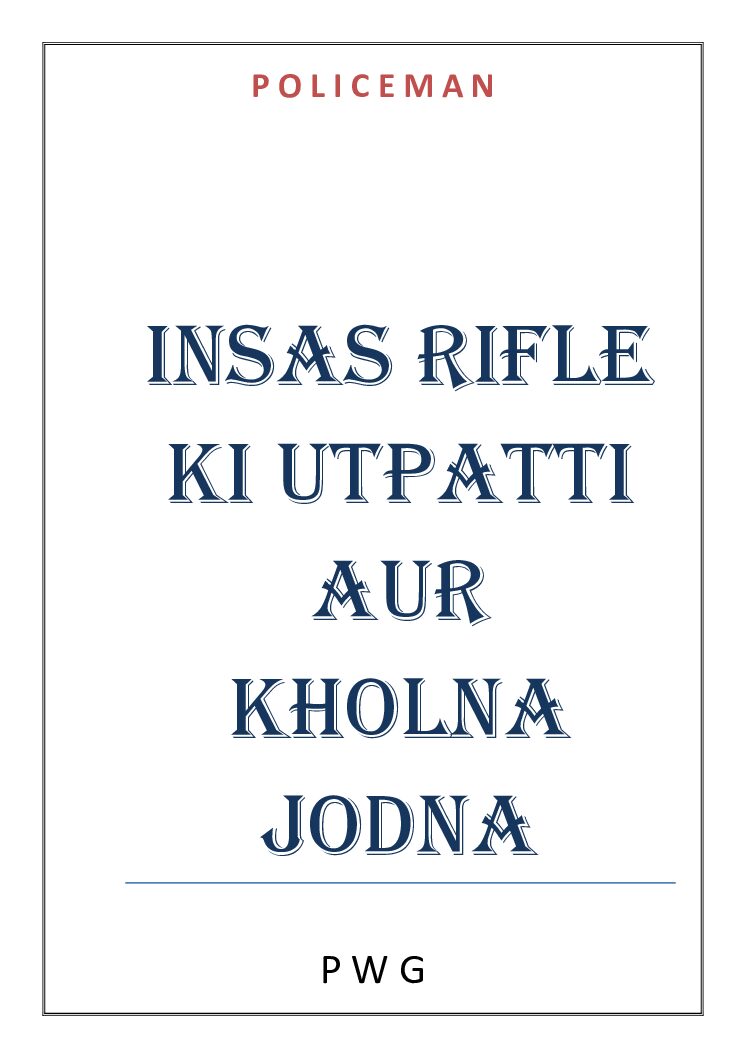Introduction
If you’ve ever watched a police or military parade, you probably noticed how perfectly coordinated the movements are. Every step, every turn, and every pause happens with precision and discipline. This level of synchronization comes from rigorous training and a strong understanding of the specialized terminology used in drills and parades.
Whether you’re a new recruit, an instructor, or simply curious about police and military traditions, knowing the essential drill and parade terminology is critical. These terms form a unique language that helps teams communicate clearly and act as one.
In this post, we’ll cover all the important terms used in police and military drills and parades. By the end, you’ll understand not only their meanings but also why they are so important for training and operations.

What is Drill and Parade?
- Introduction
- What is Drill and parade?
- Key Terminology used in Drill and Parade
- Alignment
- Column
- Close Column
- Column of Route
- Column of Threes
- Covering
- Depth
- Directing Body
- Distance
- Dressing
- File
- Blank File
- Flank
- Directing Flank
- Inner Flank
- Outer Flank
- Forming
- Front
- Frontage
- Incline
- Interval
- Line
- Markers
- Mass
- Open Order
- Close Order
Before diving into the terms, it’s important to understand what “drill” and “parade” mean in police and military contexts.
- Drill is the practice of moving groups of people in an organized and controlled manner, often following commands. It builds discipline, teamwork, and the ability to respond quickly and accurately to orders.
- Parade is a formal display of these movements, usually for ceremonies, inspections, or national events. Parades demonstrate the unit’s professionalism, discipline, and unity.
Together, drills and parades build discipline, focus, physical fitness, and respect for command hierarchy — all crucial qualities for effective teamwork in high-pressure situations.
Key Terminology in Drill and Parade
Here are the essential terms every police or military recruit should know. Understanding these will help you grasp how formations and movements work:
| Term | Definition |
| Alignment | Any straight line on which a body “of men is formed or is to form.” |
| Column | Bodies of men one behind the other on parallel alignments; turning 90° aligns men with 3 paces apart. |
| Close Column | A tighter column with reduced distance between ranks, typically 12 paces for platoons, 7 for drills. |
| Column of Route | A column of threes, no more than three abreast, including officers; normal for road marching. |
| Column of Threes | Similar to column of route; officer in command leads at the head. |
| Covering | When one body places itself directly behind another. |
| Depth | The space occupied by men from front to rear. |
| Directing Body | The unit whose direction, pace, and alignment others follow. |
| Distance | Space between men or bodies from front to rear. |
| Dressing | The act of taking up or maintaining proper alignment. |
| File | A front-rank man and those directly behind him in rear ranks. |
| Blank File | A file missing center or rear rank men; position varies by rank formation. |
| Flank | Either side of a body of men (left or right). |
| Directing Flank | The side used as reference for marching or dressing. |
| Inner Flank | The flank closer to the directing flank, used as a pivot for turns. |
| Outer Flank | Opposite to the inner flank, also called reverse flank. |
| Forming | Changing direction without wheeling (pivoting). |
| Front | Direction men face or move at any time. |
| Frontage | Width of the ground a body covers laterally. |
| Incline | Diagonal movement gaining ground forward and to flank without changing alignment. |
| Interval | Lateral space between men or bodies on same alignment; measured elbow to elbow for dismounted men. |
| Line | Units formed side by side on the same alignment. |
| Markers | Personnel marking points to guide movements or alignments. |
| Mass | A battalion formed with companies in line of Close Column of Platoons, 5 paces apart. |
| Open Order | Increased space between ranks, usually for ceremonies or inspection. |
| Close Order | Normal spacing between ranks in line formation. |
| Pace | Distance measured on foot (usually about 30 inches); also refers to stepping movement. |
| Rank | Horizontal line of men standing side by side. |
| Single File | Men marching one behind another, one man wide. |
| Supernumeraries | NCOs or others forming third or fourth ranks in formations of threes. |
| Wheeling | Movement changing direction by pivoting on the inner flank while maintaining alignment. |
Common Commands Used in Drill and Parade
Commands direct the movements of troops or officers during drills and parades. They are short, clear, and must be obeyed instantly. Some common commands include:
- Attention: Stand straight, silent, and ready.
- Stand at Ease: Relax slightly but remain alert.
- Forward March: Begin marching forward.
- Halt: Stop marching.
- About Face: Turn 180 degrees.
- Left Face / Right Face: Turn 90 degrees left or right.
- Present Arms: Salute or present weapon.
- Order Arms: Return weapon to carrying position.
Mastering these commands is vital for precision and coordination.
Drill Formations Explained
Understanding formations helps put terminology in context:
- Line Formation: Soldiers stand side by side in a single rank, often for inspections or salutes.
- Column Formation: Soldiers form files, standing one behind another, useful for marching through narrow paths.
- Squad Formation: Small groups of 8-12 soldiers arranged in ranks and files.
- Platoon Formation: Multiple squads combined, arranged based on operational needs.
Each formation depends heavily on alignment, interval, and spacing, emphasizing the importance of the terminology.
Why Drill Terminology Matters in Training and Operations
Why is using exact terms so important?
- Clear Communication: Standard terms ensure everyone understands commands exactly, reducing mistakes.
- Coordination: Large groups must move as one. Precise language keeps timing and spacing perfect.
- Discipline: Responding to commands builds quick reaction and attention to detail.
- Team Cohesion: Sharing the same “language” fosters unity and trust.
- Operational Readiness: Drill skills apply in real situations like crowd control or tactical maneuvers.
Conclusion
Drill and parade terminology is more than just vocabulary; it’s a system that brings order, discipline, and teamwork to police and military units. Whether you’re a recruit learning the ropes or someone fascinated by military tradition, understanding these terms helps you appreciate the skill and professionalism on display.
![]()









